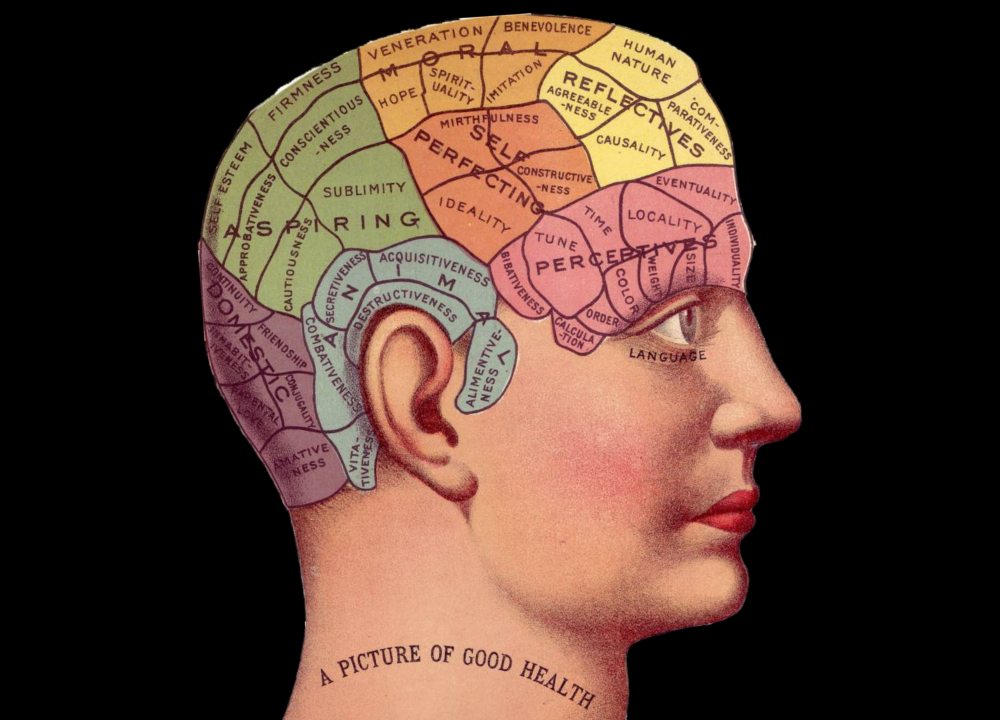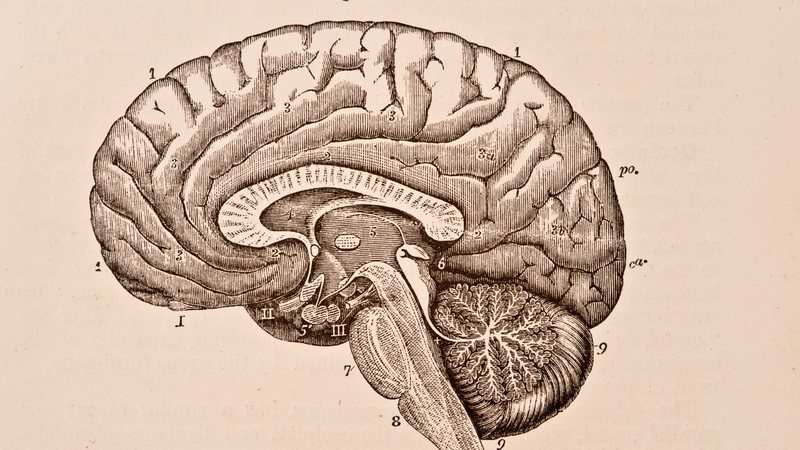Exclusive to AH, neuroscientist Fabiano de Abreu explains acoustic genetics and how it can control behavior by stimulating a specific area of the brain.
For the first time, a multidisciplinary team at Washington University in St. Louis has provided evidence of a new technology. So called acoustic genetics, it is the specific and non-invasive activation of a type of neuron in the mammalian brain, combining the heating effect caused by ultrasound with genetics.
Exclusive to the website of Aventuras na História, PhD, neuropsychologist and biologist Fabiano d’Abro Explaining the discovery of the team he led Hong Chen, assistant professor of biomedical engineering in the McElvey School of Engineering and Radiation Oncology in the College of Medicine.
A member of the Brazilian Association and the European Union for Neurosciences, the researcher analyzed recent research to better explain this. “This technology uses ultrasound waves that can activate and deactivate certain types of neurons in the brain through stimuli. It can, in a targeted manner, precisely control motor activity without implanting a surgical device,” said the neuroscientist.
What would acoustic genetics be?
a second VapianoThe technology “is a combination of ultrasound and genes that control behavior by stimulating a specific target deep in the brain.” However, in the experiment, analyzes were performed on the heads of mice.
The specialist recounted that “the ultrasound device used in free movement reached different areas of the brain.” “Ultrasound can influence and control ion channel activity, in a non-invasive way, without invading the brain with organs, the activity of specific cells.”
Chen and the team introduced a viral construct containing TRPV1 ion channels into genetically selected neurons. Then they administered a small burst of heat via focused, low-intensity ultrasound to selected neurons in the brain via a wearable device.
Heat, which is just a few degrees warmer than body temperature, activated the TRPV1 ion channel, which acts as a switch to turn neurons on or off.

inside technology
“About 10 ion channels were found, which are membrane proteins that help create and control electrical potential difference, mechanically sensitive, with the ability to modulate ultrasonic currents by up to 23% depending on the intensity of the stimulation associated with the channel.”
to me VapianoThe latest work also uses optogenetics, which uses molecular tools and light-sensitive actuators confined to neurons deep in the brain to reach a desired result.
“Optogenetics is important and has led to discoveries of neural circuits, but is limited in depth of penetration. This is related to light scattering and it turns out that it is necessary to use optical fiber surgical implantation.”
Finally, the neuroscientist tells that acoustic genetics has the promise of reaching anywhere in the brain precisely on the millimeter scale without causing any damage to the brain, the researcher explained. chinSearch leader.
He noted that “neurological disorders such as Parkinson’s disease and epilepsy have had some success in treating them with deep brain stimulation, which requires the implantation of a surgical device.” Vapiano. “Not only does this experiment help these diseases, but it also opens the way to new discoveries and understanding of how our connections work in areas that are still hard to reach.”
+ Learn more about the topic with works available on Amazon:
The World’s Great Science Book Handbook, by Workman Publishing (2019) – https://amzn.to/37HLUvK
Science book by several authors (2016) – https://amzn.to/3eiQHpW
History of science for those in a hurry, from Nicola Shalton e Meredith McArdle (2017) – https://amzn.to/3ejGOrU
What is science anyway? Alan F Chalmers (1993) – https://amzn.to/2zNHpTV
gay science Friedrich Nietzsche (2012 – https://amzn.to/3eoM6Ti
Remember that the prices and quantities available for the products are in line with the date of this publication. In addition, Aventuras na História may earn you a portion of sales or other compensation for the links on this page.
Enjoy free, fast, and unlimited shipping with Amazon Prime: https://amzn.to/2w5nJJp
Amazon Music Unlimited – Try 30 Days Free: https://amzn.to/2yiDA7W

“Hardcore beer fanatic. Falls down a lot. Professional coffee fan. Music ninja.”






More Stories
The law allows children and adolescents to visit parents in the hospital.
Scientists pave the way for the emergence of a new element in the periodic table | World and Science
Can dengue cause hair loss? Expert explains how the disease affects hair